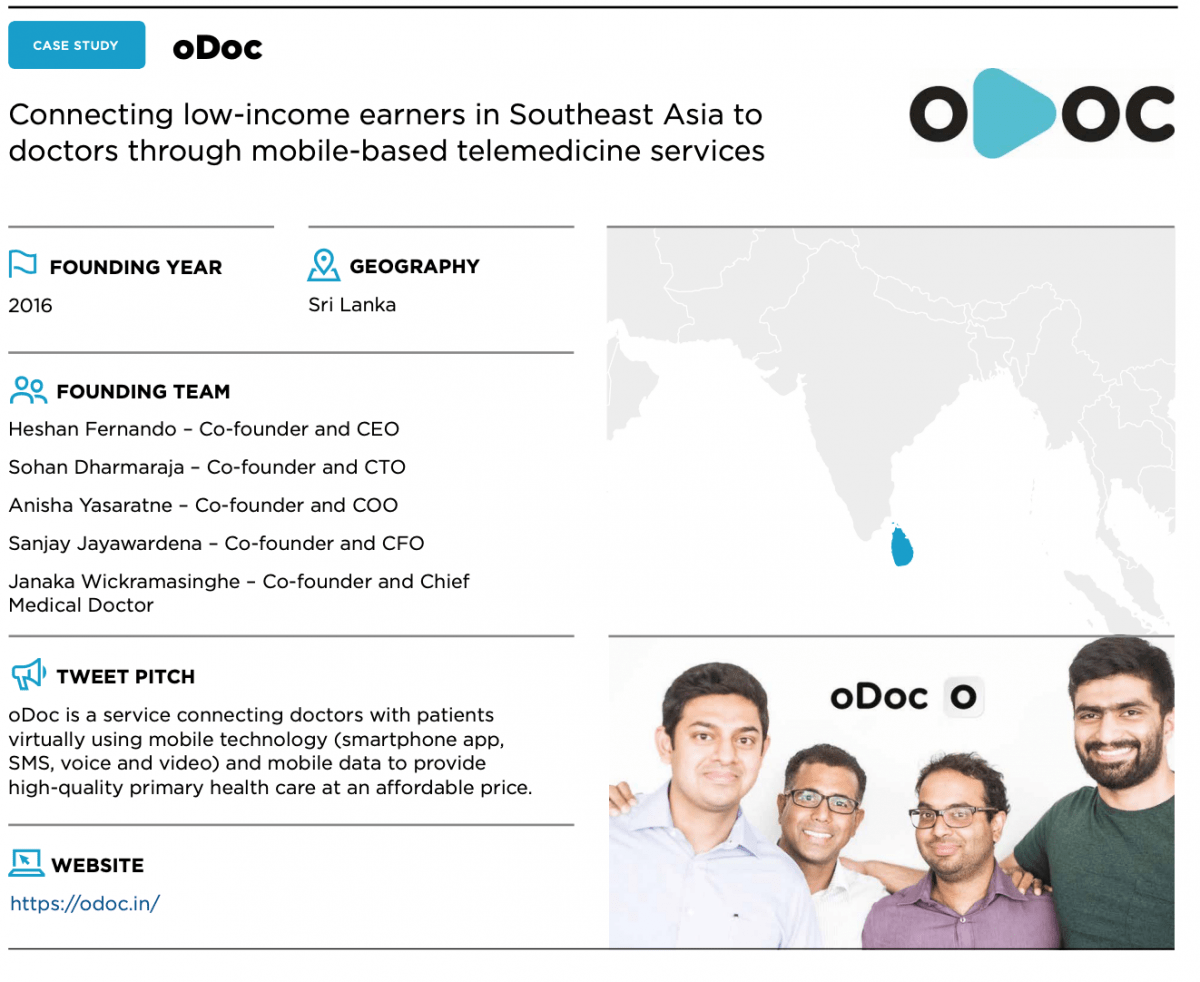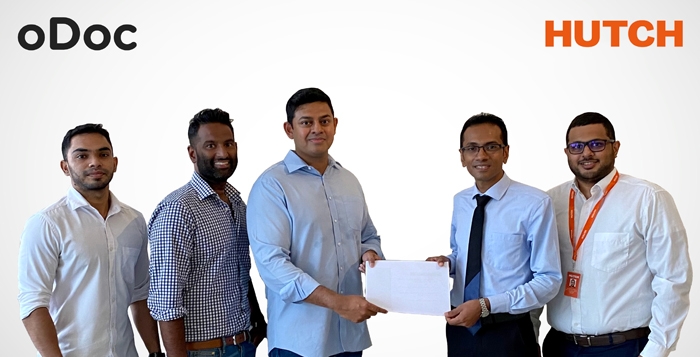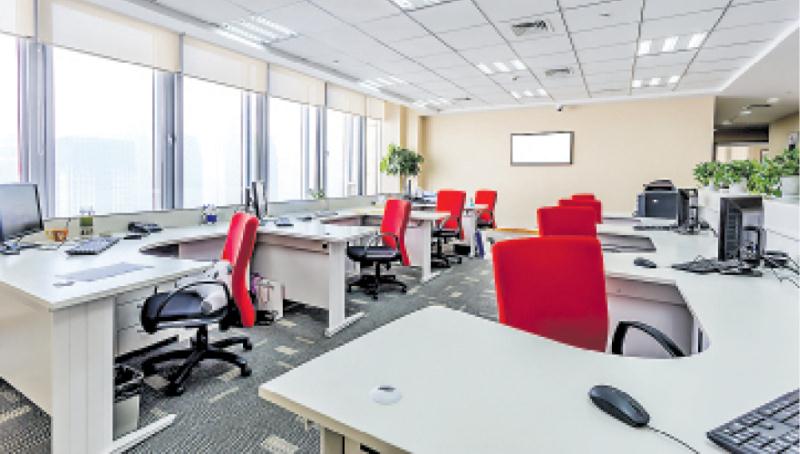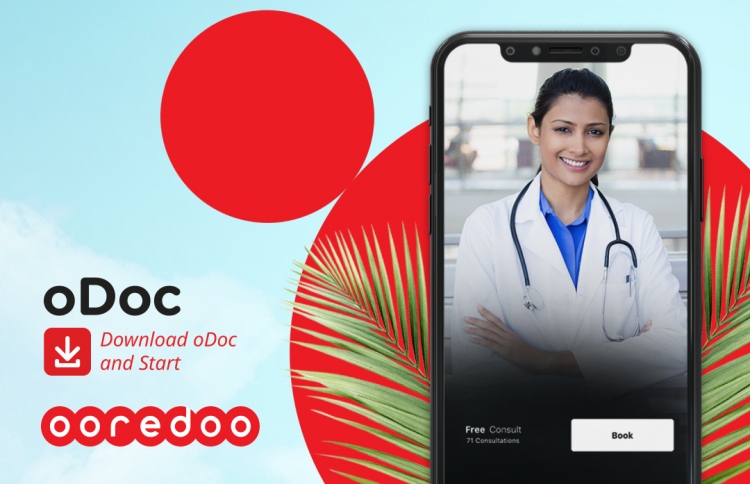A Risk-Free Diagnosis
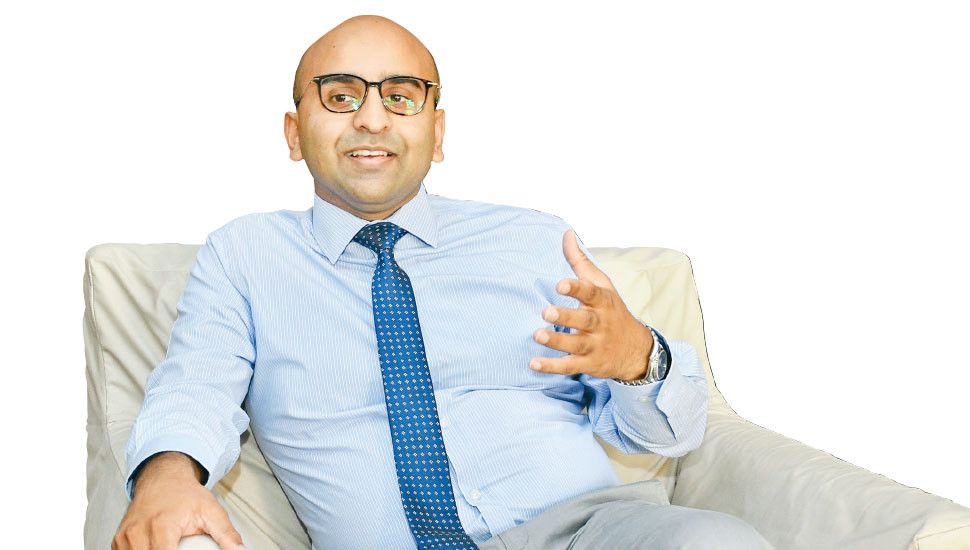
COVID-19 brought us a lot of challenges we’ve had to overcome. Businesses and industries are struggling to find ways to continue operating while adjusting to the ‘new normal’. However, where there are challenges, there is also innovation and opportunity. With conventional ways to conduct business challenged, interest in digital platforms for business has increasingly grown, with many new enterprises taking advantage of this ‘step forward’. It has also allowed existing platforms to take centre stage and provide their services to aid the public in these trying times.
One major issue that has arisen from the ongoing pandemic is the challenge of getting decent medical care without being at risk of contracting COVID-19. Although the pandemic is the largest medical concern in the country at the moment, it doesn’t mean that it is the only disease that requires people to seek medical treatment.
However, because of how potent COVID-19 is in spreading when people gather together, many are now afraid to seek medical consultation for illnesses they have in fear of being exposed to the virus.
Doctors are also at high risk of being exposed to the virus, which brings a significant health risk to their lives and families. Getting medical help and consultation when needed in areas that are under lockdown could be problematic as well, because of the restrictions and regulations in place.
Just as many other occasions, technology has given us the solution to navigate around many of these complications and problems we face today.
Telemedicine
In a basic sense, telemedicine is when patients consult doctors and get clinical services without meeting face-to-face. Calling the doctor to get some medical advice can be considered a form of telemedicine in this sense.
Even though telemedicine has only been prevalent in Sri Lanka in a primitive manner, the concept has been taken to greater heights in many countries around the world. The advent of broadband internet, 4G and now 5G continue to help scientists and medical technology developers push the envelope on what we can do within the medical world, including telemedicine.
Such technology has become more relevant than it has ever been before thanks to the COVID-19 pandemic.
oDoc
Would you be surprised to know that telemedicine has already made its way to Sri Lanka in a more polished and refined package than it was before?
oDoc is one such telemedicine platform that began its operations in 2017 and has been steadily growing. The service connects doctors and patients who use it by enabling them to connect with each other using modern technology and an internet connection. This means you can get the medical attention you need without having to step out of your home, to deal with waiting in lines, exposing yourself to other diseases, and the other hassles that come alongside appointments with a doctor.
In the present, using the oDoc mobile application gives you the opportunity to consult with a doctor in three minutes or less (a service available all 24 hours a day), and lays claim to a network of over 400 medical professionals, ranging from general practitioners to paediatricians and even psychiatrists. oDoc ensures that all their doctors are registered with the Sri Lanka Medical Council (SLMC) and have over five years of experience practicing medicine.
oDoc doesn’t limit itself only to medical consultation. It also provides electronic prescriptions and even has your medicine delivered to your home, if that is your wish.
Although these services are available in Sri Lanka already, the concept of a telemedicine platform may be new to many in Sri Lanka. There might also be misconceptions about its efficacy and capability in treating patients when compared to the more traditional face-to-face consultation. Even doctors might feel apprehensive of utilising telemedicine because of various circumstances.
Nevertheless, telemedicine services such as oDoc can play a major role in providing the medical care people need without the risk of contracting COVID-19.
Ceylon Today had the opportunity to speak with Dr. Sabith Salieh who has been using oDoc to learn more about how telemedicine services such as oDoc can assist in providing the basic healthcare.
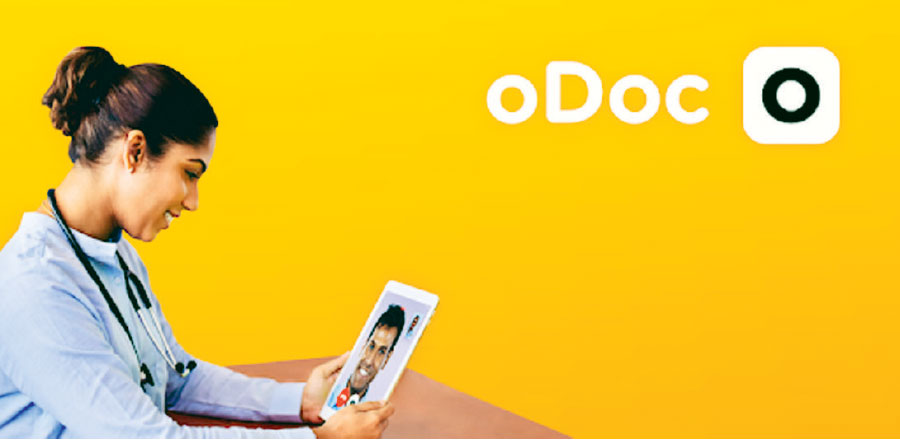
Discovering oDoc
Dr. Salieh has been practicing medicine for over 13 years, with11 of them spent in Singapore. After returning to Sri Lanka in 2017, he was introduced to oDoc through a friend who was one of the co-founders of the platform and was interested in the concept of telemedicine and its impact in the field of primary medicine (basic medical care from general physicians). Since then, he has continued to use oDoc as a platform to connect with patients and provide value-added medical care for his patients. Dr. Salieh had this to say about his view on telemedicine and oDoc.
“Telemedicine is something that has changed with the advancement of mobile technology quite a bit. I believe it will revolutionise primary healthcare.”
He then continued to explain why he believes so.
All about convenience
“Today, everything is about consumer convenience. With the busy lives we live today, people don’t have the time to go to a clinic, wait in line and see the doctor. You’re basically putting your life on hold during that time. That entire process can take more than an hour or two out of your day. People have things to do! It’s inconvenient as well, especially if they are not well and are having a rough time. What telemedicine platforms such as oDoc does is cut away all that unnecessarily wasted time and inconvenience, letting you get access to a doctor with only a few clicks or taps on a screen. You can even have your prescription delivered to your home.”
Needless to say, a platform such as oDoc truly shows its value during this ongoing pandemic.
”Definitely,” Dr. Salieh confirmed. “COVID-19 was a catalyst to the already growing user-base for oDoc. This pandemic and the subsequent lockdowns really showed how useful telemedicine can be.”
Slow adoption due to misconceptions
Convenient as telemedicine may be, it’s evident that the adoption of the technology isn’t at the rate many would expect of a service that promises such convenience.
“There is still the misconception that to get a proper diagnosis, you have to physically be in a clinic and that the doctor cannot come up with a diagnosis otherwise. However, if you look at the statistics from the world, results will say otherwise.”
Dr. Salieh explained that in fact, the only difference between a visit to the clinic and using telemedicine platforms such as oDoc is that the doctor cannot do preliminary inspections such as checking the pulse, feeling the abdomen or listening to the heart and lungs using the stethoscope.
Although at first it may seem to be a disadvantage, Dr. Salieh told us that with proper doctor-patient communication and knowing the medical history of the patient, a physician can still provide decent medical care to a great extent.
Using oDoc
After going through the user interface of oDoc, we found the oDoc mobile application which is available on both the Google Play Store and Apple App Store intuitive, fluid and overall well developed. It’s user-friendly, meaning that if you are new to the service, there is plenty of guidance to help you figure things out.
Dr. Salieh told us more about his experience as a doctor when adapting to telemedicine.
”I learnt about telemedicine in my years as a medical student, but telemedicine is something I only started to adopt once I was here in Sri Lanka. It was something that was new to me. But as doctors we have to continuously evolve and I wanted to see how I could make it a part of my consulting.”
Dr. Salieh told us that he was not alone in that learning curve. Alongside his personal efforts to learn and adapt to telemedicine through his own efforts, he was supported by the oDoc team and their careful guidance and advice in making the transition.
”I read up about it and the oDoc team did very well in explaining the system, clarified my questions and guided me to learn the system and how it works. They had done all the groundwork needed and kept improving their system regularly based on input by the doctors who were using oDoc. The team was very focused on making sure that patient safety was given the utmost importance.”
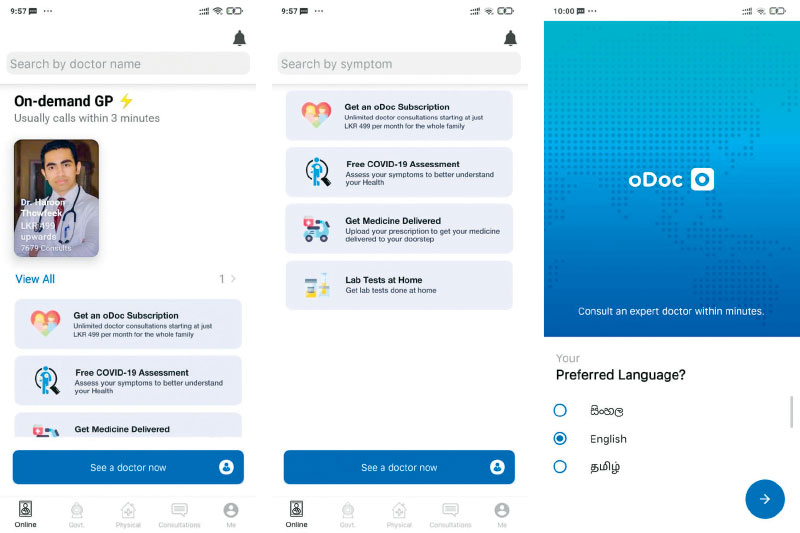
Replacement or enhancement?
If telemedicine does become ‘the new norm’ in healthcare, we could see a future where we don’t have to worry about waiting in lines to get a medical consultation, fitting doctor’s appointments in our busy schedules or even worry about falling ill and being unable to find basic medical advice while overseas. In fact, all these are now realities with telemedicine platforms.
It has even become an effective way to curb the pressure on doctors to ‘speedrun’ their consultations because of patients waiting in line for their turn.
With so many benefits from telemedicine continuing to become more relevant each day, the question arises if this is the future of healthcare. Would telemedicine continue to evolve until it comes to a point where we no longer need to consult a doctor face-to-face? Dr. Salieh helped us come to an answer.
“When it comes to primary medicine, if you look at what we treat; flu, viral infections, diarrhoea, food poisoning, headaches, migraines – these can be easily treated through telemedicine. If further tests are needed, all the patient needs is to get them done and upload the results into the system and we can have a follow-up. Whenever a doctor ever feels a physical examination is needed, he can refer them to a face-to-face consultation without additional cost for the patient using oDoc.
“As for patients with health conditions such as diabetes or high blood pressure, who require regular follow-ups, all they need to do is get the necessary tests done, upload it to the system and I can consult with them without the patient ever needing to ever step inside the clinic. The patient and the doctor can properly communicate and have their regular follow-ups without the pressure of having to treat the next patient in line. Also, both the doctor and patient can communicate and maintain a continuous providing of care without the limitation of a clinic through a professional, secure platform.”
Essentially, all this means is that telemedicine platforms such as oDoc provide a unique facility where patient-doctor communication is enhanced, while addressing many of the constraints of our traditional consultation model in clinics. Like in many instances where technology comes into play, telemedicine services such as oDoc provide the capacity to enhance the doctor-patient connection.
View Article on Ceylon Today